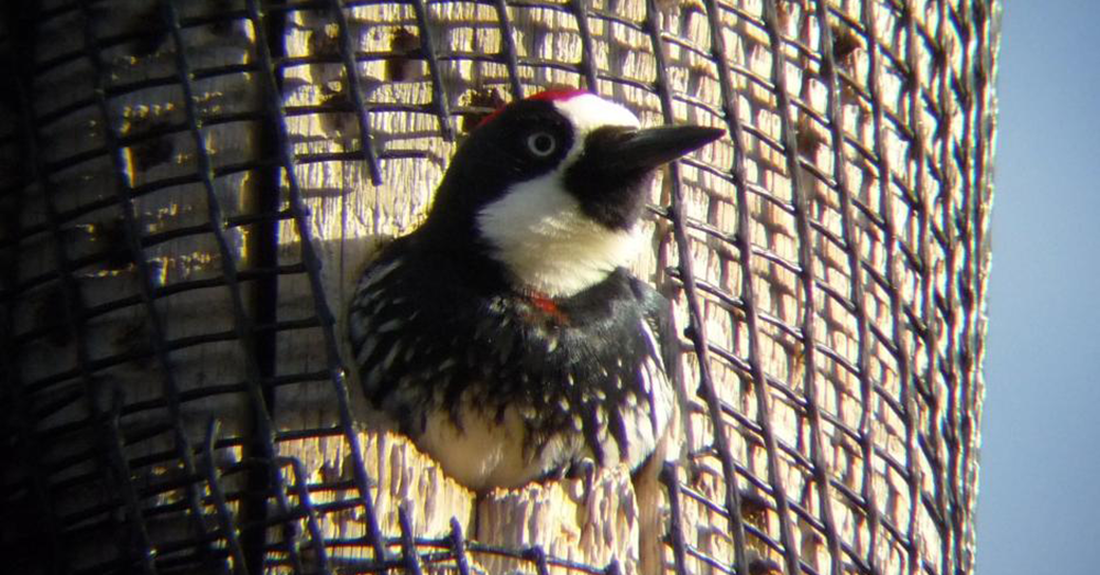
Woodpeckers play a vital role in the ecosystem, contributing to pest control and aiding in forest health by creating nests that benefit other species. However, their interaction with human infrastructure, such as utility poles, presents significant challenges for utility companies and urban planners. To maintain safe and efficient urban infrastructure, it’s key to understand why woodpeckers target utility poles and address the resulting damage.
Why Woodpeckers Damage Utility Poles
Utility poles attract woodpeckers for several reasons. Firstly, the poles’ height and isolation mimic natural nesting sites for woodpeckers. This leads them to peck away at the poles to nest inside them. Woodpeckers can create cavities in the utility pole that are up to four feet deep. They also drum on these structures to communicate or establish territory, especially during mating seasons. Additionally, wooden utility poles commonly house insects that woodpeckers eat, which leads them to cause further damage to reach the bugs.
All these woodpecker actions can lead to structural damage that compromises the pole’s integrity and functionality.
The Problem With Woodpecker Damage
Woodpecker damage on power poles can have significant financial and safety implications. Repairing and replacing damaged poles can lead to significant maintenance costs for utility companies. Damaged poles also pose safety hazards, increasing the risk of power outages and accidents due to weakened structures. This can lead to disruptions in essential services, impacting residents and businesses. Furthermore, damaged poles can affect the aesthetic appeal of urban environments, posing additional concerns for urban planners and homeowners.
What To Do About Woodpeckers and Utility Poles
Utility companies and city management can employ several strategies to mitigate utility pole woodpecker damage. Installing physical deterrents can prevent woodpeckers from accessing and damaging the poles. Utility companies can also utilize visual deterrents like reflective tape or predator decoys to discourage woodpeckers from approaching the area. Another effective method involves wrapping poles in a protective mesh or applying non-toxic repellents to make the surface less appealing for drumming or nesting. However, these preventive measures are not guaranteed to drive away woodpeckers, as many have adapted to nest around these deterrents. They also require additional labor to install, which can increase construction costs.
In addition to these preventative measures, repairing any existing damage promptly is crucial. Implement regular inspection and maintenance schedules to identify and address compromised poles before structural issues escalate. Collaboration between utility companies and wildlife experts can also lead to innovative solutions that balance environmental conservation with infrastructure protection.
Companies should also consider power pole alternatives to minimize the structural damage traditional wooden poles receive. Using alternative building materials, such as ductile iron, results in a stronger, more durable pole that woodpeckers cannot damage. Learn more about ductile iron utility poles at McWane Poles.
Addressing woodpecker damage to utility poles requires a comprehensive understanding of the birds’ behavior and the implementation of effective deterrent strategies. By investing in preventive measures and prompt repairs, utility companies and urban planners can mitigate financial and safety risks while maintaining reliable services for communities. Taking these proactive steps to prevent woodpecker damage with utility infrastructure is essential for fostering environmental stewardship and urban resilience.

